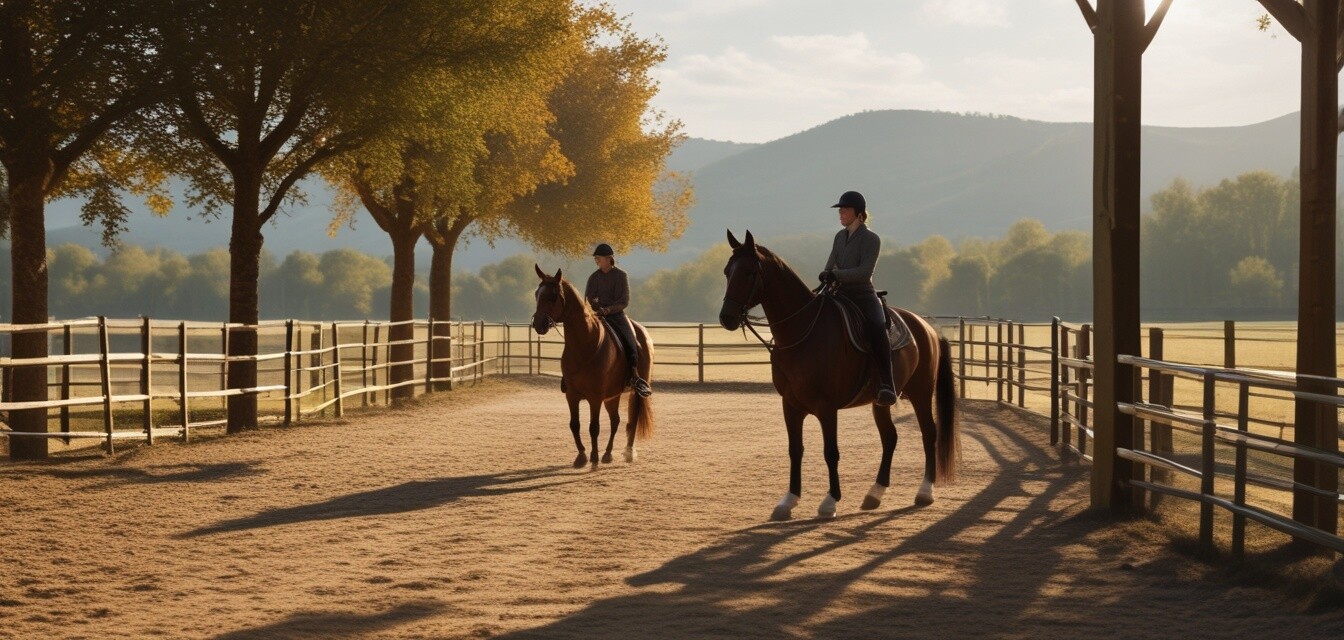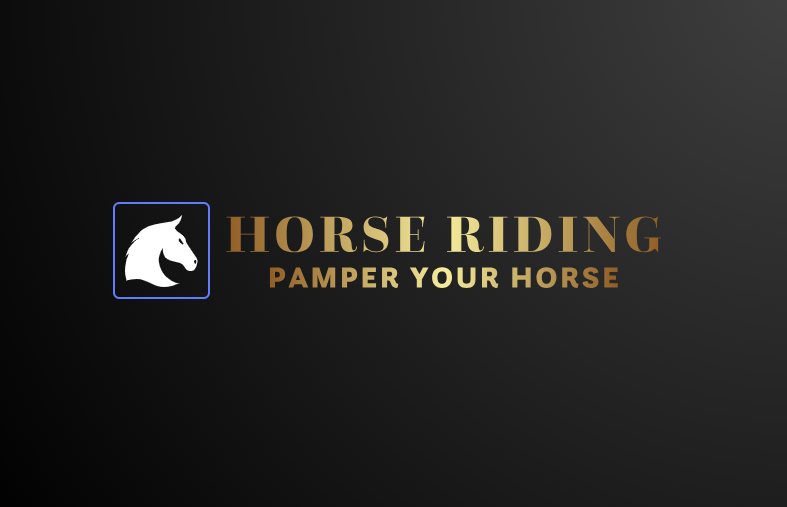
Building a Successful Partnership with Your Trainer
Key Takeaways
- Effective communication is crucial for a productive relationship.
- Set clear and achievable goals together.
- Mutual respect enhances the learning experience.
- Regular feedback is essential for improvement.
- Be open to different teaching methods and styles.
When it comes to horseback riding, your relationship with your trainer can significantly impact your progress and enjoyment. A successful partnership enables you to grow as a rider, enhance your skills, and fully enjoy the experience. This article explores key factors that contribute to building a productive relationship with your trainer, including communication, goal setting, and mutual respect.
The importance of communication
Communication is the backbone of any successful partnership, especially in the context of horse riding. Establishing open lines of communication with your trainer fosters a supportive learning environment. Here are some tips to enhance your communication:
- Be honest: Share your concerns, fears, and expectations with your trainer.
- Ask questions: Clarify any doubts or concepts you find confusing to ensure understanding.
- Provide feedback: Let your trainer know what techniques work best for you and where you struggle.
Active listening
Active listening goes hand in hand with effective communication. Show your trainer that you value their expertise by:
- Paying attention to their instructions.
- Taking notes if necessary.
- Practicing what they suggest to make improvements.
Setting goals together
A clear understanding of your goals with your trainer helps create a focused learning path. Together, you can develop both short-term and long-term goals, which may include:
| Goal Type | Example Goals |
|---|---|
| Short-term | Improve riding posture, enhance communication with the horse |
| Long-term | Participate in a riding competition, achieve specific riding certification |
By regularly reviewing and adjusting these goals, you can ensure that both you and your trainer remain engaged and motivated throughout your riding journey.
Building mutual respect
Building a partnership founded on mutual respect is essential for both you and your trainer. Show respect for their experience and insights by:
- Being punctual for lessons.
- Taking care of the horses and gear, showing that you appreciate the work involved.
- Following their advice and implementing changes.
Recognizing each other's strengths
Your trainer has a wealth of knowledge, and recognizing this fosters a strong relationship. Similarly, don't underestimate the value of your perspective and experience in the saddle. Emphasize:
- Understanding each other's strengths and weaknesses.
- Working as a team, supporting one another in achieving goals.
Regular feedback and improvement
Constructive feedback plays a vital role in your growth as a rider. A successful trainer-student relationship encourages regular discussions about:
- Progress: Discuss what's working well and what needs improvement.
- Adjustments: Make necessary changes to your training to keep moving forward.
- Support: Help each other feel supported in your growth as a team.
Remaining open to different teaching methods
Every trainer has their own unique teaching style. Be open to different approaches, as they can introduce you to new techniques and insights. Consider:
- Trying out various exercises suggested by your trainer.
- Being open to different disciplines or techniques to help you improve.
- Asking for explanations on why certain methods are effective.
Conclusion
A successful partnership with your trainer is built on effective communication, clear goals, mutual respect, regular feedback, and openness to learning. By nurturing this relationship, you'll enhance your riding experience and become a more skilled equestrian. Remember, as you build a strong partnership with your trainer, you are not only developing your riding skills but also creating lifelong memories and friendships. To continue improving your riding experience, check out our articles on Rider Tips and Advice and other helpful resources on our Equestrian Gear page for the right equipment.
Pros
- Enhanced learning experience
- Clear communication leads to accelerated progress
- Stronger mutual respect fosters teamwork
Cons
- Miscommunication can lead to misunderstandings
- Conflicting goals may require realignment
- Different teaching styles may take time to adjust to
